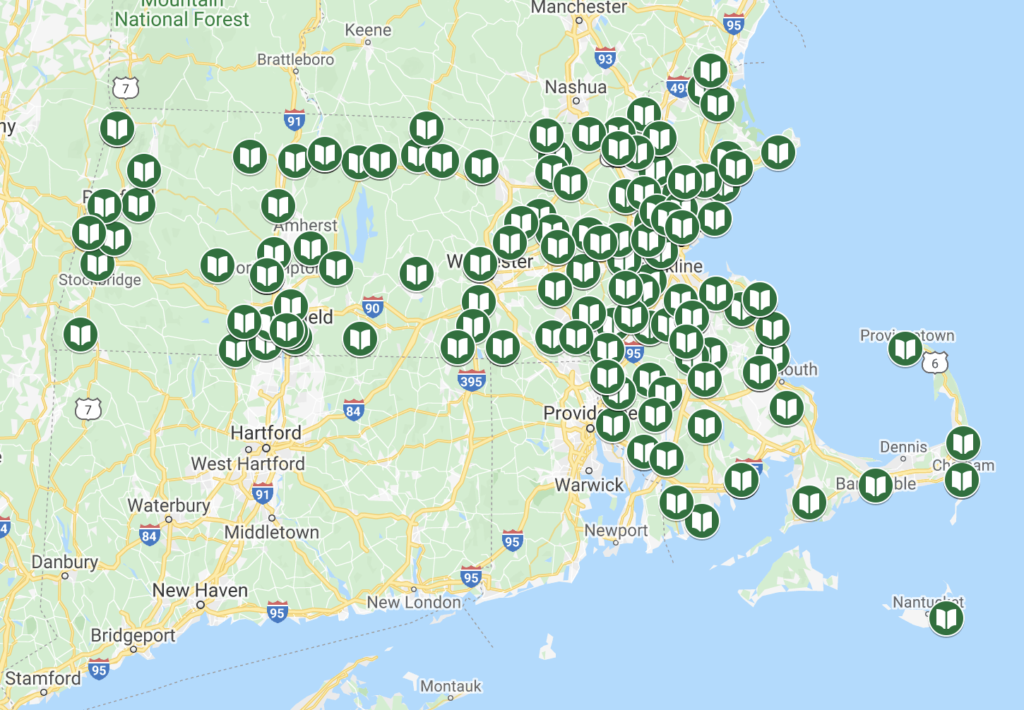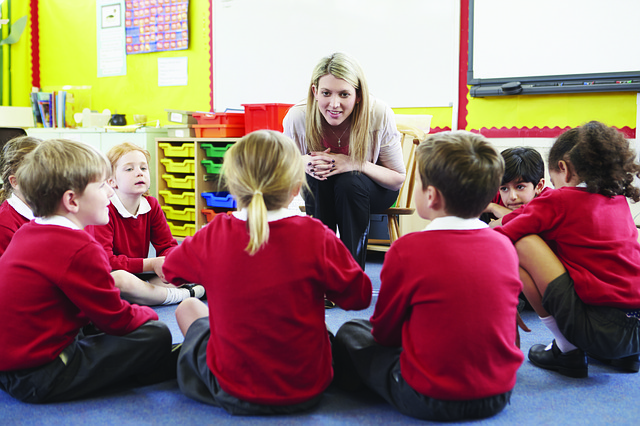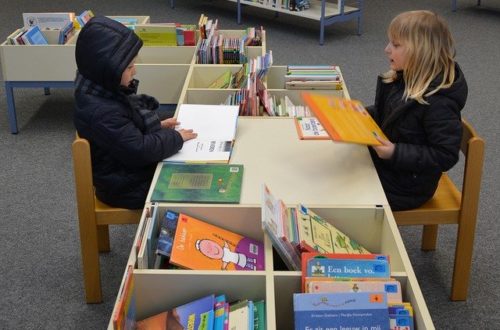Unprecedented. That’s a word we hear a lot these days. Unprecedented times? I think we can all agree the times are unprecedented. Before this year I can’t recall ever having heard the word used so copiously. I fell victim to the virus, or so I’m told by the amazing medical professionals at my local ER, and was laid up for eight weeks in one room. I would rate the experience somewhere between Christopher Nolan’s Doodlebug and Five’s journey through the Apocalypse on The Umbrella Academy (both of which I reviewed during quarantine).The scenario of students infecting their teachers with the virus that everyone is talking about? I lived it. Before I really get started, I just need to say that no the virus is not a lesser risk than the mental health troubles caused by isolation, it really isn’t. The argument has been floated my way as a reason for reopening schools, but I know right away that the argument-maker hasn’t experienced the virus first-hand. It’s a freight train of an experience. Struggling to breathe, and lying in bed in constant pain (including stabbing pain in my lungs) is not the same as the loneliness we all feel right now. Once I recovered I decided it was not safe to go back to my classroom, and now I’m a reading tutor operating on Zoom.
There have been many voices chiming in on the school reopening scenario. I am not a medical expert, a parent, or a high-powered education official, but, personally, I would prefer we all stay remote. I don’t like spending my days on Zoom instead of interacting with students and colleagues…but I also like being able to breathe…and live. Secondarily, I don’t want to be the cause of spreading the virus to a student or a student’s family. Now I’m in a fortunate position. I don’t have kids of my own I need to worry about or a spouse. I don’t have to make the impossible choice between working and protecting my loved ones. I can work at home, remotely and be just fine. I am, therefore, speaking from a position of privilege. It’s duly noted.
Now, onto reading instruction under COVID. Here in Massachusetts, we have a range of things happening. A lot of schools are planning to spend the first few months either remote learning or learning in a hybrid model with a relatively assured chance of going fully remote after juggling such a crazy schedule in the face of a likely resurgence of the virus. We also know that children can spread, and be infected by, this virus. A big exception is special education, which will be fully in person. Why? Why can the most vulnerable among us head back to what will amount to a dystopic version of normal while the rest of us have the option of working remotely or relatively remotely? Well according to our governor, Charlie Baker, it’s all about reading. Baker is quoted as saying in his latest virus briefing, “trying to teach those kids how to read remotely — I mean, that’s not how you teach kids how to read. You teach kids how to read phonetically with repetition and individualized attention.” He’s absolutely right actually. That is how kids learn to read. Phonetically.
Baker, along with his education commissioner, have been making the case for an in-person return to school. Commissioner Riley has made a similar statement as the governor, “We know that it’s hard to teach reading, almost impossible, remotely to kindergarten and first-graders.” Now I understand that there are certain cases where remote learning does not work––physical disabilities and students on the spectrum really need in person services for example. Before the pandemic, I definitely didn’t consider remote learning as a means of teaching. I would never have said yes to it. Then I caught the virus. See above. Cut to me successfully working with a variety of students of different ages, including very young students. I’m teaching them to read phonetically using a structured program with lots of repetition by Michael Maloney called The Toolbox. I’m charting students daily using standard celeration charts. I can share the student side on my Zoom share, and I have my instructor guide in front of me. I work through a sequence of skills starting with sounds, followed by Elizabeth Haughton’s Say and Spell exercise, word fluency, vocabulary, and story reading in a decodable text. The kids have a routine, and they follow it. Internet glitches aside, it works. I’m seeing some kids hit 200 wpm, and make gains after years of being filled with anxiety about reading (pre-COVID, and in person instruction).
Now I am seeing students in a 1:1 setting, but it’s just as doable to work with groups of students using the same materials, they’ll just have to take turns, and it may be necessary to selectively mute certain students and go around the Zoom or Google gallery. At least on Zoom, break out rooms are a great way to pair students up to share a reading. The same direct instruction programs such as REWARDS and Maloney or Corrective Reading are still consistent and highly intuitive for students. Constructivist approaches that rely heavily on manipulatives and guesswork really don’t work all that well in this setting (I would argue that they don’t work well in person, but I digress). A consistent, high frequency, structured approach works regardless of the setting.
What this tells me is that remote learning is not the issue at all. Governor Baker was absolutely correct when he talked about teaching reading phonetically, only most schools weren’t doing it that way pre-COVID, and haven’t been over Zoom. Essentially all the schools in the state, and many other states, have been using balanced literacy/whole language approaches like Fountas and Pinnell and Reading Recovery or the programming of Lucy Calkins. Constructivist approaches. The clear common denominator is that what schools use to teach reading is what isn’t working. Remote learning simply pulled back the curtain on why 65% of our fourth graders are reading below average, and why only about 37% of our eighth graders are considered proficient readers (which would be reading in the average range of 165-175 words per minute).
The Massachusetts education department even provided this nifty graphic to illustrate their research. Each green book shows a district that is using the above-mentioned programs that prioritize guessing at words using a three-cuing system. This is hardly unique to Massachusetts either.

We should not rush back into a scenario where we cannot be certain of our safety. The governor and commissioner should know, as should any government official; parent; or teacher, that reading can be done remotely. We can adapt to it, because the real problem is the methods of teaching reading as a psycholinguistic guessing game. Zoom isn’t making it harder to learn to read, it’s simply making it very obvious to parents that their kids haven’t been taught to read over the years, and now they are behind. We’ve had a literacy crisis in his country for decades, and it’s only now that we can fully see the damage. It’s become even more obvious that there is a problem with how we teach reading and, most especially in the case of struggling readers and special education students who need direct instruction most of all.
I crave the in-person instruction we used to have. It is better. Being around people is better. Students definitely do best with in person instruction, but they also tend to do well when they aren’t being exposed to a deadly pathogen. While we contend with this unprecedented situation, let’s find new ways to teach reading phonetically by not exposing any of our students, especially special education students who have to go into school in person, to dangerous conditions. We can teach these skills remotely, it just requires more creativity. It also requires different tools that are evidence-based. The program I use, The Maloney Method, is relatively simple to learn, and simple to use. It can be done remotely just as easily as it can be done in person. The same is true for most structured literacy programs. For younger kids, I break out Siegfried Engelmann’s Teach Your Child to Read in 100 Easy Lessons. It works. It’s worked in various homeschools for years. We can do this. It’s very very doable. What better time to help kids learn to read? To become literate human beings?
Living out life in a Brady Bunch-like Zoom grid is not my idea of a good time. It’s all I have right now, so I cherish the connection in whatever form it comes in. I also cherish being able to breathe. This is all a very longwinded way of saying that we can make remote learning work. We can teach reading remotely, and do in a way that works better than the system we had before COVID. It will just take an unprecedented effort to reorganize our system, and ensure that all students are getting the right kind of reading instruction.





